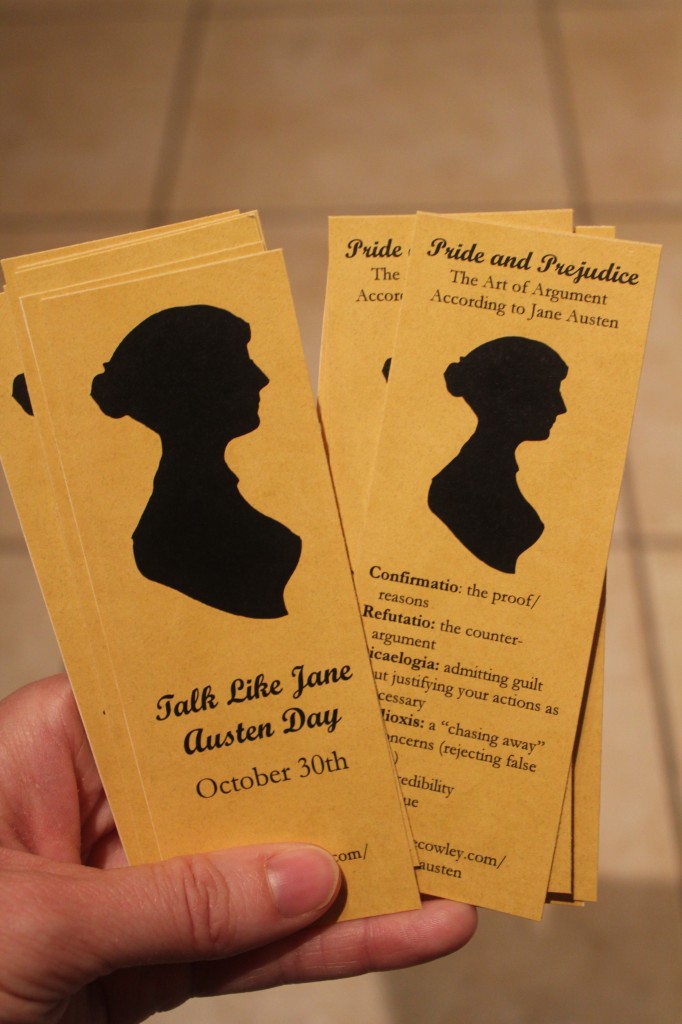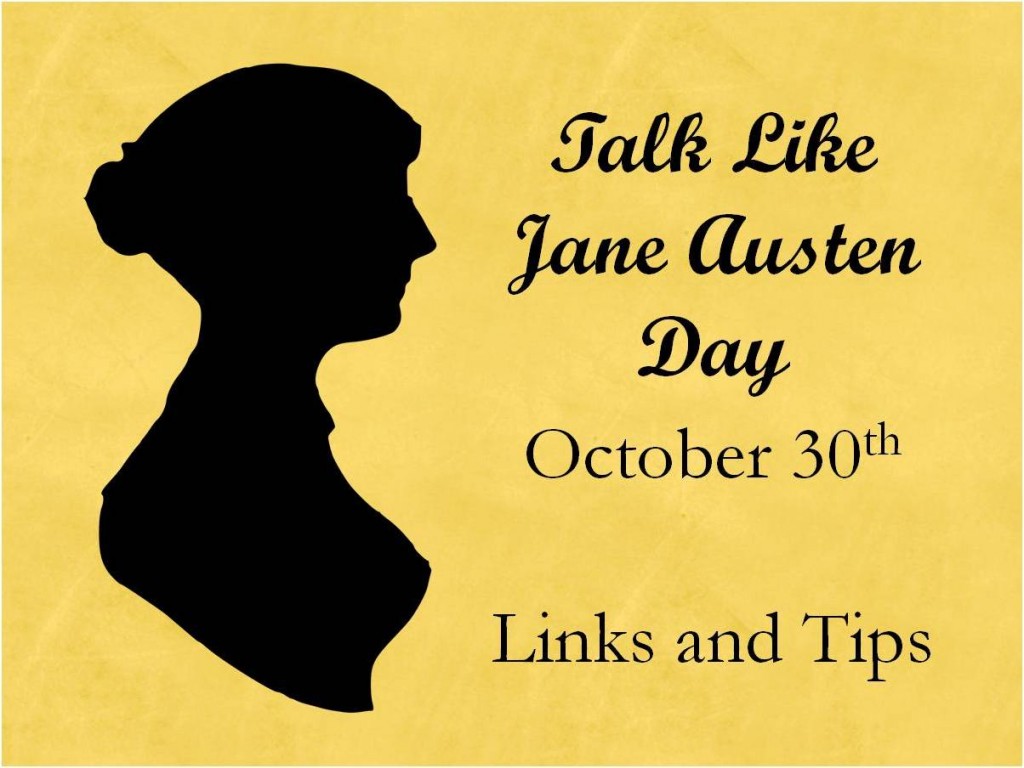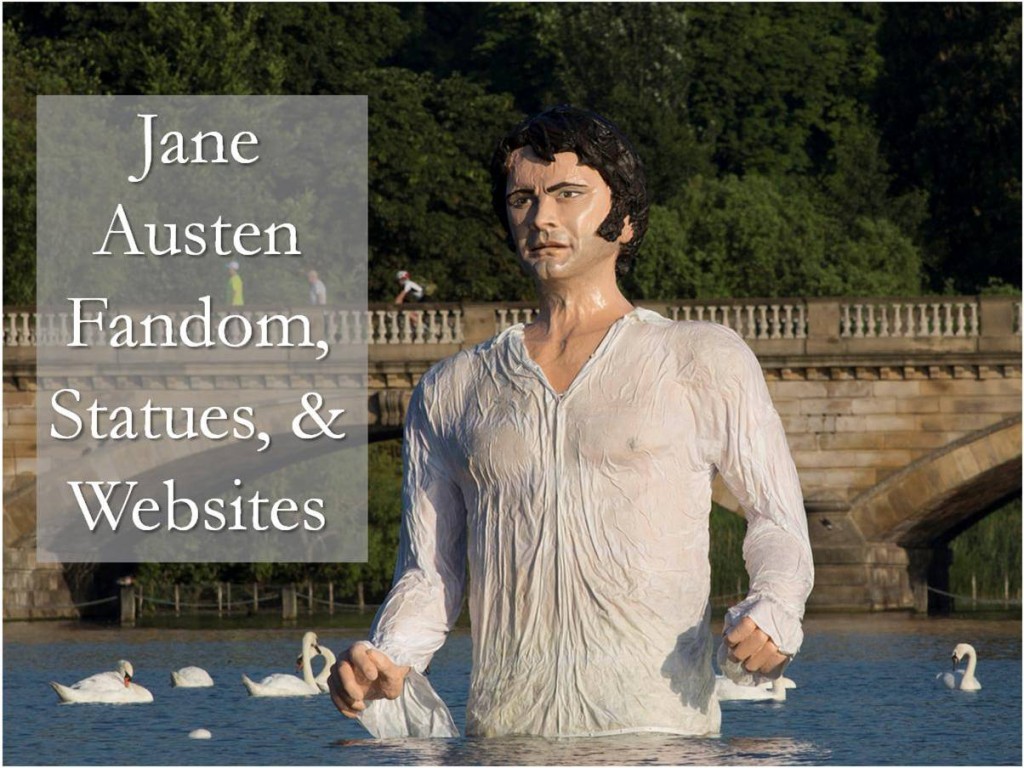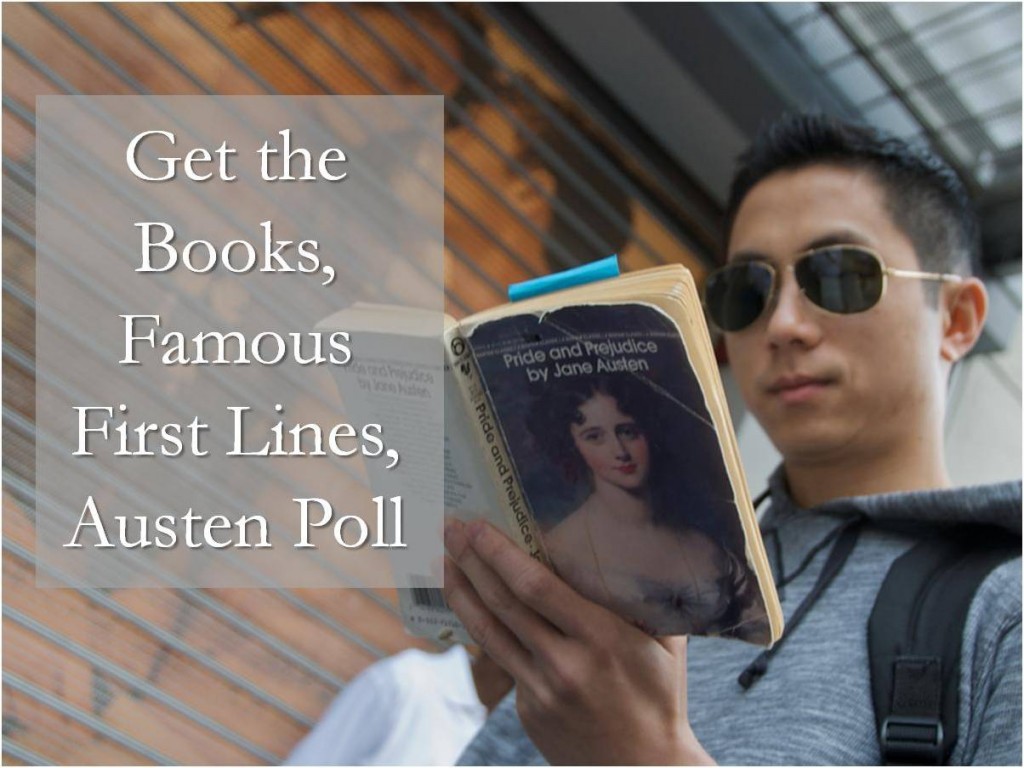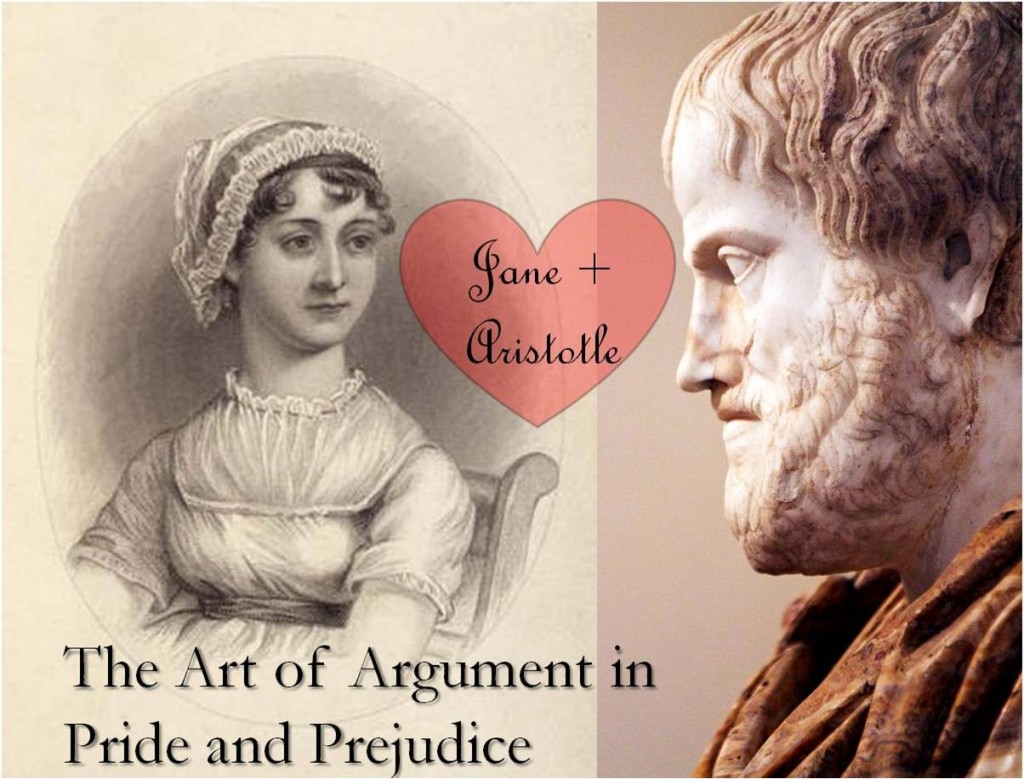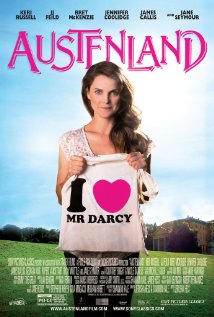Ignite Phoenix, Austenland Review, and General Austenness
Today’s post is on all things Jane Austen. First, my Ignite Phoenix presentation, second, a bunch of Jane Austen pages I added to my website, and third, an Austenland review.
Ignite Phoenix
Friday, October 18th, I’m presenting at Ignite Phoenix on Pride and Prejudice: Jane Austen and the Art of Argument. There are presentations on everything from race car driving to NASA launches to hitchhiking–it’ll be a few hours of action-packed, 5-minute presentations. If you weren’t able to get tickets (or don’t live in Phoenix) you can watch the livestream (details here). It starts at 6:30 p.m. in Arizona (same time as California, for the moment).
Have I mentioned that I’m excited? Or that I made amazing bookmarks to hand out at the After Party?
New Website Section: Jane Austenness
I went a little crazy and decided to create a bunch of new pages for my website, all about Jane Austen love. You know you want to read them:
Austenland Review
Have you ever wished you could just step in one of your favorite books and live there for a while? That’s the premise of Austenland–a thirty something single woman decides to spend her whole savings to go to an Austen theme park, where she gets to dress and act like a Jane Austen character for a several week period. This is a hilarious film on love, literature, and finding happiness wherever you are. I could not stop laughing, and I really want to see this movie again soon.
Anyone who likes Jane Austen loves this movie. To my family: I want a DVD copy as soon as it comes out–it would make a great gift, hint, hint.
Austenland was an independent film, made on a small budget (though you can’t tell from the film itself) and after premiering at Sundance Film Festival it was picked up by Sony. As such, it’s had a limited theatrical release, but it’s still playing in theaters across the US, and if you like Jane Austen, it’s worth a 20 or 30 minute drive to see. Google Austenland for showtimes near you or visit this website.
Kathy’s Rules for Writing, #17: On Angry Emails
Step 1
If you are angry, frustrated, or upset, write a nasty email. Let all your angst come out. Cry a little on the keyboard in frustration. Go beat up a pillow but don’t actually break things. Save your draft in which you tell everyone exactly what you think.
Step 1b (provided by my friend Jessica Brown):
Do not, under any circumstances, write in the recipient’s address on the angry email, lest the “send” button be accidentally pushed.
Step 2
Wait at least 30 minutes.
Step 3
Delete your email draft. Write a new email in which you considerately, objectively raise issues and an awareness of a problem. Reread to make sure no anger or frustration leaked through. Ask yourself: does this get out my anger, or will it help accomplish my real objectives? If it will help accomplish your real objectives, click send.
Not that I’ve been writing any angry emails lately…
Image Credit: Jared Wong with Creative Commons license
Animoto: Introducing Kathy Cowley
A few weeks ago my students made Animotos introducing themselves. I made one too, introducing myself as a writer:
It was fun to think about how I might define myself with words, pictures, and music, in the constraints of a 30 second format.
My Companion Llama
There’s a post on about.com that’s subtitled, “The Many Uses of Companion Llamas.” I don’t even have to read the article to know that I need a companion llama.
This is Evelyn, my imaginary companion llama.
Reasons Why I Need a Companion Llama:
1. To give me advice. Just look at Evelyn. You can tell that she’ll give me exactly the kind of advice I need to hear, with no mincing of words.
2. To protect me from sketchy people. I would always feel safe with a loyal companion llama by my side.
3. To go with me anywhere I want to go. If I want to go see a romantic comedy, Evelyn will go with me, no questions asked.
4. To protect my reputation. “Yes officer, I have an alibi. I was with my companion llama.”
Surely it’s within my legal rights to keep a companion llama in my 2 bedroom apartment.
Photo Credit: Mary and her camera via Compfight cc
Letter Writing (A Poem)
 Pages of black ink on fiber
The black blood of my heartaches, joys.
Add a stamp—wings—
And set them free.
Image Credit: Dan Coulter, Creative Commons license
Pages of black ink on fiber
The black blood of my heartaches, joys.
Add a stamp—wings—
And set them free.
Image Credit: Dan Coulter, Creative Commons license
Warning!! Watch for ZomBees
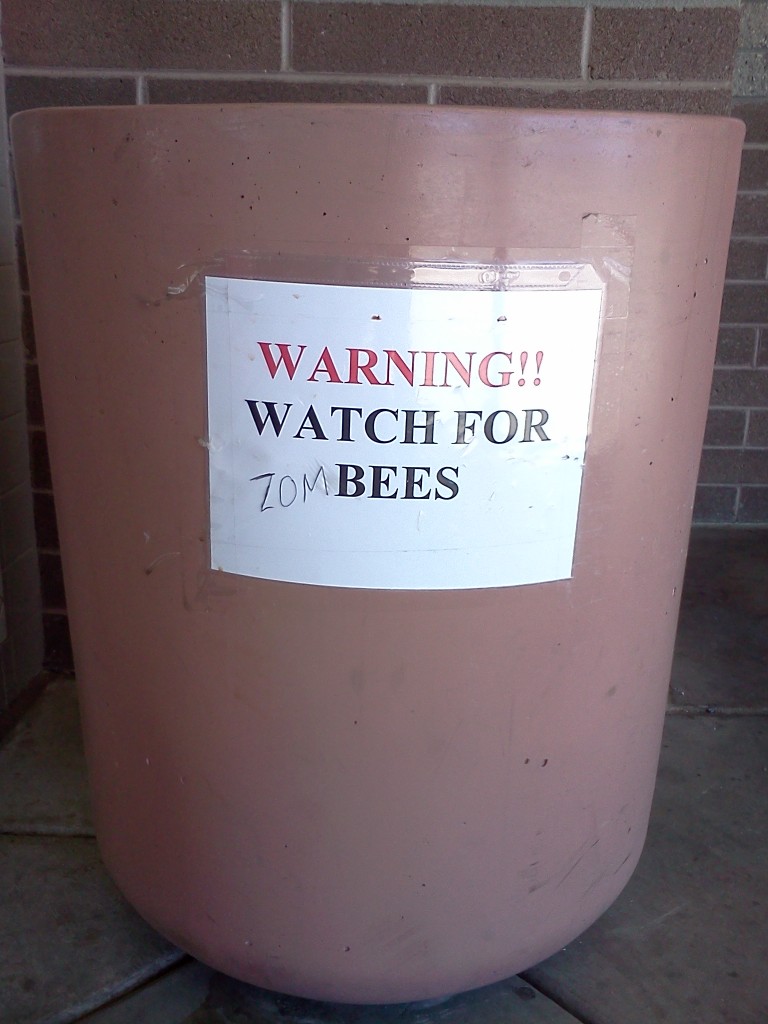 Sometimes graffiti just makes life better.
Sometimes graffiti just makes life better.
A couple of weeks ago, we were driving on I-17 and at a rest stop saw this lovely sign: “WARNING!!! WATCH FOR ZOMBEES.”
I can picture zombie bees rising out of this trash can and attacking. I think it would make a great movie. We’ll call it THEM!
Okay, the name THEM! is actually taken. It’s an awesome 1954 film about giant man-eating ants. Here’s the trailer for the film. Then go watch this epic sci fi film and tell me that we should adapt it to feature zombie ants, or zombees as I prefer to call them.

